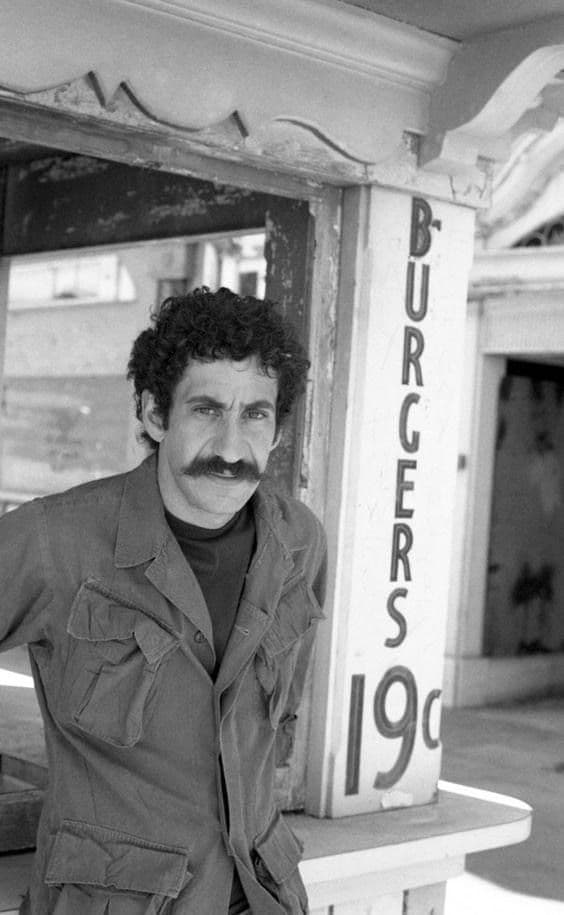
The Road Less Traveled: A Cautionary Tale of City Dreams and Hard-Won Lessons
Ah, the early ’70s. What a time of change, of searching, of singer-songwriters turning everyday struggles into timeless poetry. And few captured the raw, honest truth of the common man quite like Jim Croce. We all remember the big hits—”Bad, Bad Leroy Brown” and the achingly beautiful “Time in a Bottle”—but tucked away on his breakthrough major-label album, You Don’t Mess Around with Jim (released April 1972), is a track that speaks volumes to anyone who ever chased a dream far from home: “Box #10”.
Unlike the massive chart successes that followed, “Box #10” was never released as a single and, consequently, never charted on its own. Its power wasn’t in radio rotation, but in its stark, relatable narrative—a deep cut that true Croce fans treasured. The track is the tenth, and arguably one of the most poignant, on the You Don’t Mess Around with Jim album, which itself peaked at No. 1 on the Billboard 200 chart posthumously in 1974. Croce’s short but brilliant career was tragically cut short in a plane crash in September 1973, which lent a bittersweet, almost prophetic quality to his body of work, turning overlooked album tracks like this one into essential listens.
The story behind “Box #10” is quintessential Jim Croce. It’s a vivid, three-minute movie about the rude awakening of a “down home country boy” from Southern Illinois who heads to the big city, presumably New York, with nothing but a guitar and a heart full of musical ambition. He dreams of “playin’ guitar in the studio,” but the city has other plans. Almost immediately, he’s hustled out of his money by a “Broadway flower” and abandoned in a cheap hotel. The song then delivers its emotional gut punch as the narrator is reduced to calling home, collect, to his parents for help, asking them to “Send it in care of the Sunday Mission / Box number ten.” That mission box number becomes a sad, concrete symbol of lost hope and desperate vulnerability.
But the real, crushing blow—the one that makes you pause and reflect on your own youthful follies—comes at the song’s end. Just as he gets the money, he’s mugged, and this time, the thieves take his cherished guitar. The city doesn’t just take his money; it strips him of the very tool of his dream, leaving him truly broken. The lyric, “He still sits and waits by the mission / Box number ten,” is a devastating close, painting a picture of a soul trapped in a cycle of bad luck and shattered illusions.
This narrative holds a deeper resonance when you consider Croce’s own journey. Before his commercial success, he and his wife, Ingrid, endured years of scraping by, taking on menial jobs—truck driver, welder, teacher—to support his music while they lived in an old Pennsylvania farmhouse. His songs are populated with the colourful, often down-and-out characters he met along the way. “Box #10” may not be strictly autobiographical, but it clearly channels the financial struggles, the lack of support he initially faced from his parents for pursuing music, and the gritty, uncompromising reality of the working-class life he knew so intimately.
It’s a powerful, cautionary tale, especially for us old-timers who remember when moving to the big city felt like the only way to make it. “Box #10” is a mirror reflecting the inherent risk in chasing a dream—the possibility of failure, betrayal, and ending up with nothing but a return address at a mission. The song’s simple, bluesy acoustic arrangement, driven by Croce’s warm, familiar baritone, is the perfect counterpoint to the harshness of the lyrics, making the tragedy feel all the more personal and immediate. It’s a moment of raw, empathetic storytelling that affirms Jim Croce as one of the great lyrical chroniclers of the American experience.